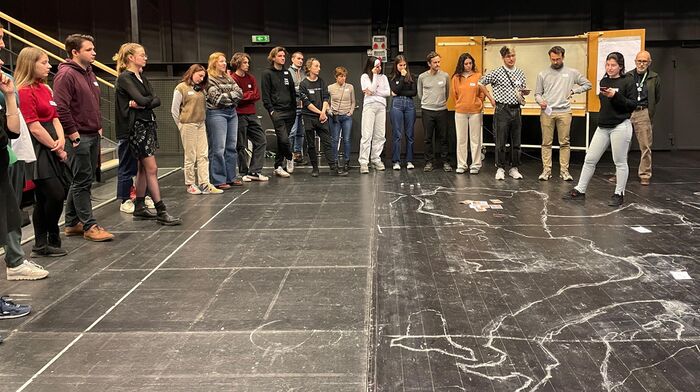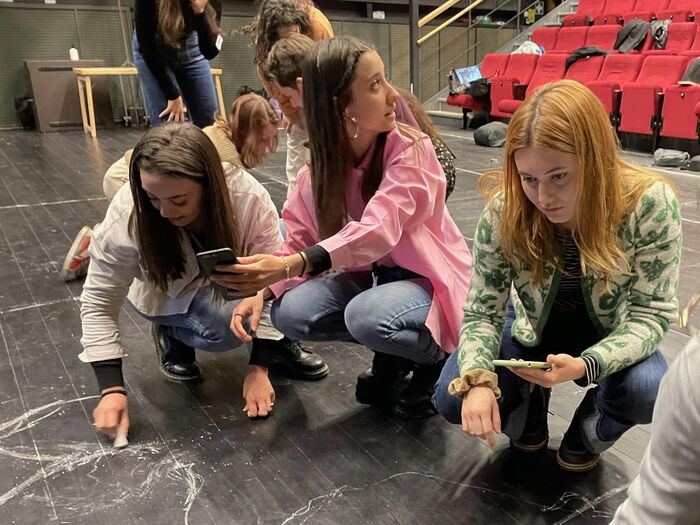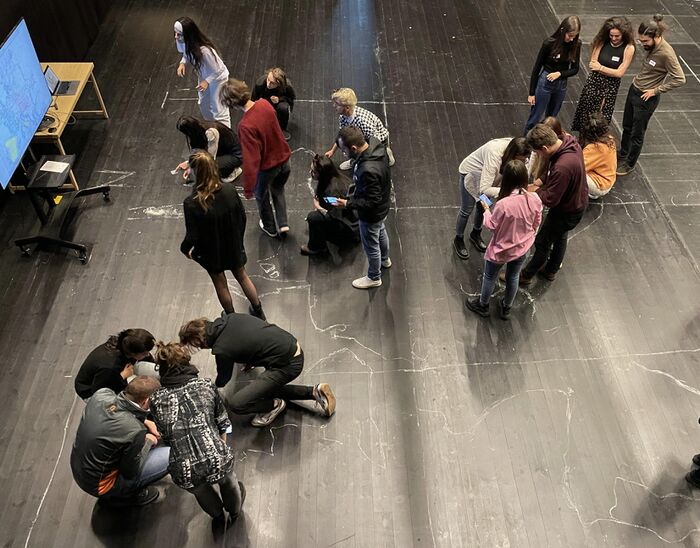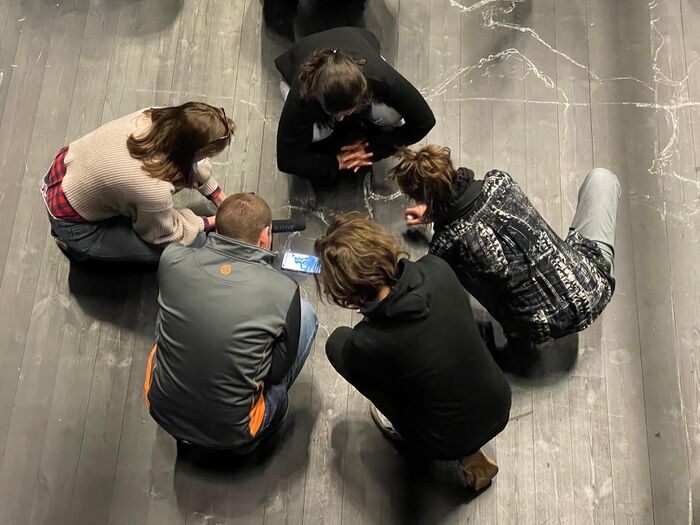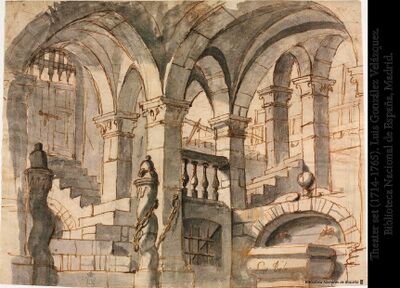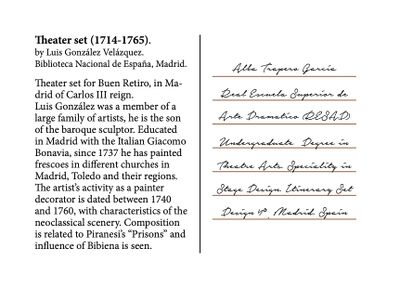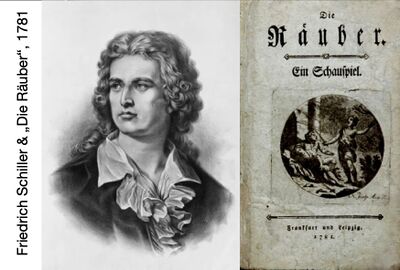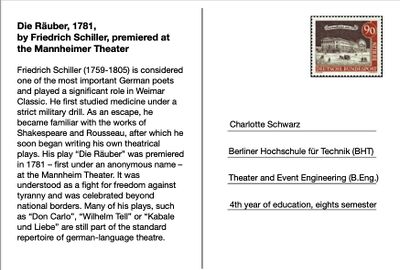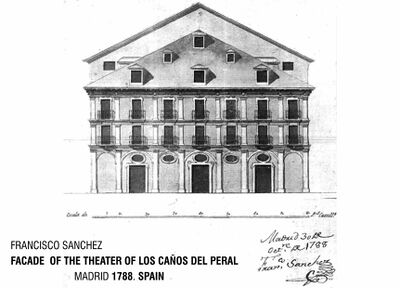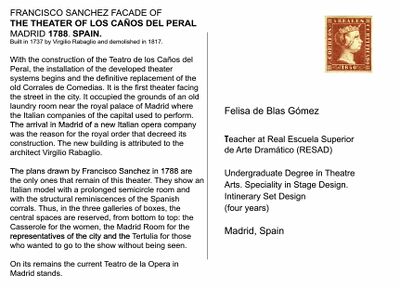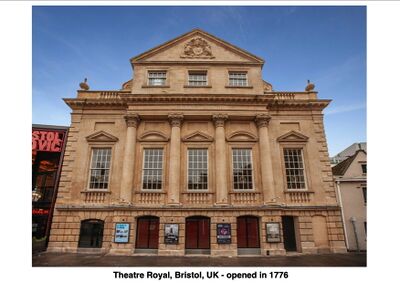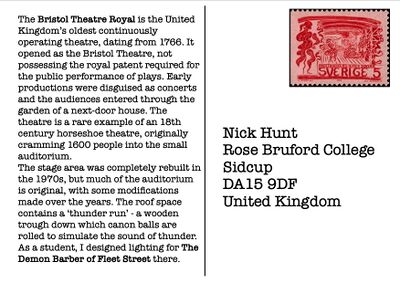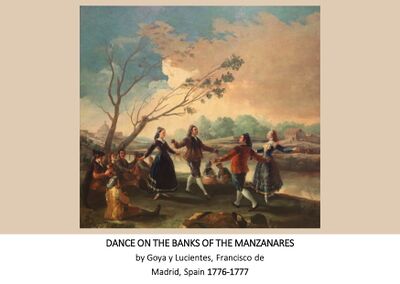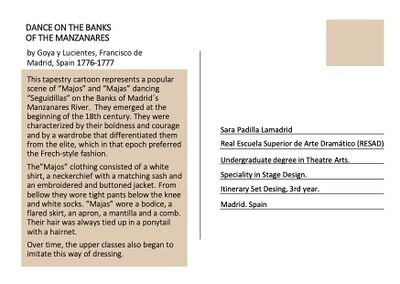Getting to Know You Postcard Project
Aims
The postcards project requires students to research a topic they may not be familiar with, and present it through a single image and a short text, delivered in one minute. This develops research and communication skills.
The project is a also a good ‘ice breaker’ activity, so group members can learn about each other when they first meet.
Key Information
| Number of learners | 2-40 |
| Number of staff | The project can be led by a teacher, or it can be self-managed by a group. |
| ECTS Credits (if applicable) | Not applicable. |
Learning process
| Lecture/seminar | Lecture, presentation, discussion (face-to-face or online) | |
| X | Making project | Making a model, mock-up, plan or design (physical or digital) |
| Performance project | Making a performance or demonstration (live or mediated) | |
| X | Records and Archives | Interviews, photographs and videos of artefacts, annotating archives, creating learning materials (physical or digital) |
| Independent study | Reading, researching, analysing and evaluating learning materials (physical or digital) in groups or alone |
Type of learner
| X | Student of technical theatre |
| X | Student of theatre design, architecture |
| X | Student of theatre arts |
| Professional | |
| Researcher | |
| General public |
What You Will Need
Duration and schedule
Preparation by the teacher: 2 hours
Preparation by the students: 6 hours
Presentation of the postcards: 0.5 – 2 hours, depending on the number of students.
Room or type of space
Any space large enough to accommodate the number of participants for the sharing of the postcards. Alternatively, the postcards can be shared online.
Equipment
Computer or tablet for research, and to make the digital artwork for the postcards.
If the postcards are to be shared in physical form, a printer.
Materials (consumables)
If the postcards are to be shared in physical form, suitable thin card that can be printed on.
Learning resources (books, websites)
Web and/or print resources related to the chosen topic.
Process
Preparation
Decide on a topic, which can be any aspect and period of technical theatre history. Make sure all students are able to respond to it from their own background and experience – they don’t need to know the topic, but should feel it is accessible for them. Broad topics work best – for example, ‘Roman theatre’, or ‘theatre lighting before electricity’.
Plan the briefing session, and write a brief for the task.
The learning activity
Brief the students on the project and give them the topic.
Give the students enough time to research the topic and each prepare a postcard (physical or digital), with:
- On the front, a picture of an object, person, building or place related to the topic.
- On the back, their name, home town and country written where the address would go on a postcard. Also, a short text describing the item they have chosen as a response to the brief.
When the group meets (in person or online) ask each person in turn to describe the item they have on their postcard, in one minute.
Assessment and feedback
This project is not intended to be assessed, but you could use the postcards as the basis for small group discussions (4-6 people), to give feedback on the research and presentation of the material, and to prompt reflection by students.
Our Experience
Tips
When presenting the postcards, it is a good idea for the teacher to go first, to show by example what is wanted.
Students can be concerned about ‘getting it wrong’ – encourage them to interpret the brief freely, according to their interests, and the research material available to them.
You can add an extra stage to the project if you have a suitable space. After students have presented their postcards, give them a map and ask them to draw it at large scale on the floor with chalk. Divide the students into groups and given them each a section of map. The map should be large enough to include all the places the students come from (city, country, continent, the world). Then have the students place their postcards where they come from.
This extra exercise gets the students working together, talking, looking at each other’s postcards, and so on, which strengthens the group bonding aspect of the project.
Additional information and resources
Students of the Canon project presenting their postcards, making a chalk map of Europe, and placing their postcards geographically:
Examples of postcards, from staff and students of the Canon project:
| Postcard by Alba Trapero. Click the link to download the PDF: |
| Postcard by Charlotte Schwartz. Click the link to download the PDF: |
| Postcard by Felisa de Blas Gomez. Click the link to download the PDF: |
| Postcard by Nick Hunt. Click the link to download the PDF: |
| Postcard by Sara Padilla. Click the link to download the PDF: |
Credits
| This learning method was made by: | Franziska Ritter, Bri Newesely |
| Institution: | Berliner Hochschule für Technik (BHT) |
| Thanks to: | Nick Hunt, and the staff and students of the Canon project who have shared their work here. |
